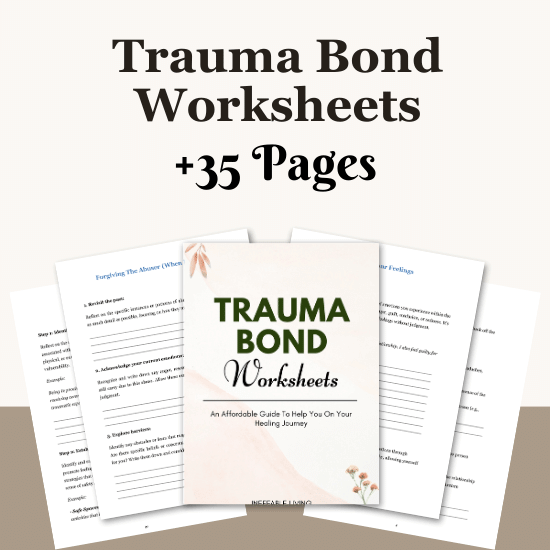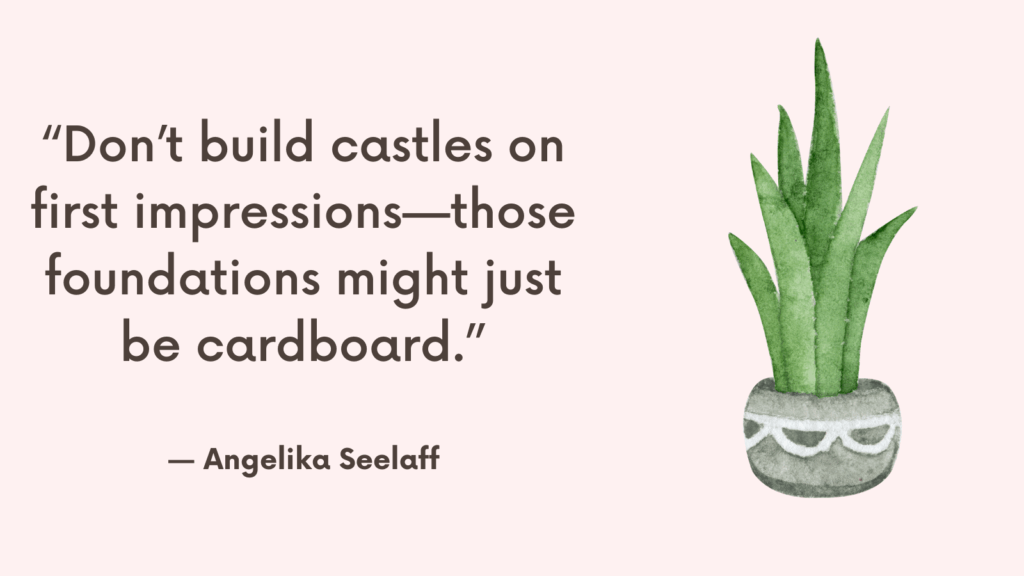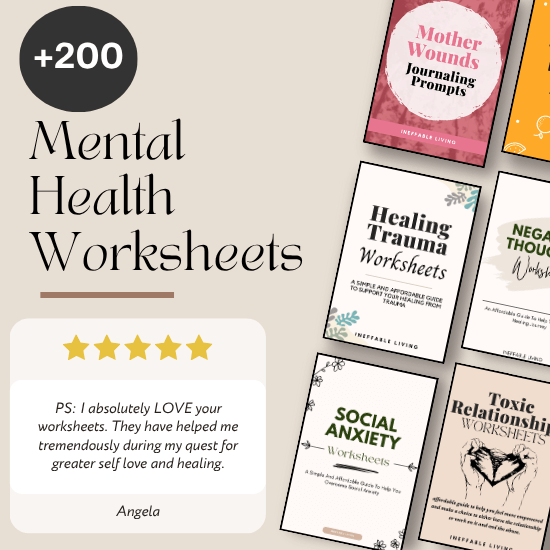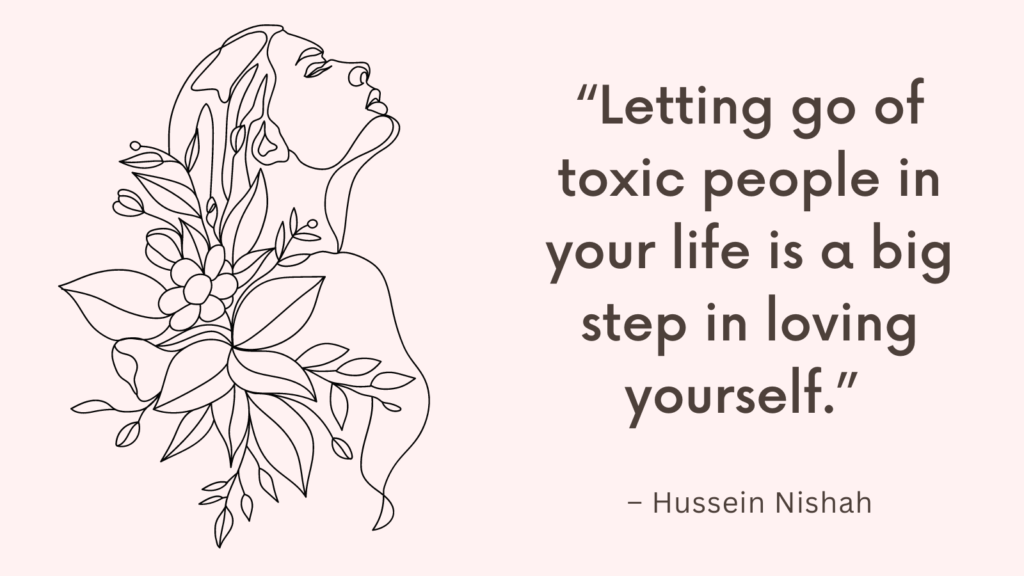When a relationship feels intense, passionate, and all-consuming, it’s easy to mistake that emotional charge for deep love. But not all strong connections are healthy. In fact, some of the most powerful emotional attachments are built not on love — but on survival. This is the nature of trauma bonding.
Trauma bonding can mimic love in its early stages, making it hard to recognize when a relationship is actually built on fear, manipulation, and emotional dependency. Understanding the difference between trauma bonding and genuine love is essential for healing and building safer, more stable relationships.
Here’s how to tell them apart.
What Is Trauma Bonding?
Trauma bonding is a psychological attachment that forms between a person and their abuser during cycles of abuse, followed by intermittent rewards like affection, apologies, or validation. The bond is reinforced by unpredictability, emotional highs and lows, and hope that things will change.
This bond doesn’t grow through mutual care — it grows through survival mechanisms, where love becomes entangled with pain, and emotional safety is replaced by emotional addiction.
Related: Best 5 Stockholm Syndrome & Trauma Bonding Books
What Is Genuine Love?
Genuine love is rooted in trust, safety, respect, and emotional availability. It creates space for mutual growth, even through conflict. In healthy love, you feel more yourself — not less. There’s no fear of abandonment tied to every disagreement, and love isn’t used as a reward for compliance.
True love supports emotional regulation, not dysregulation. It expands your world instead of shrinking it.
Key Differences Between Trauma Bonding and Genuine Love
1. Safety vs. Survival
- Genuine Love: Feels emotionally safe and consistent. You can express feelings without fear of punishment or withdrawal.
- Trauma Bond: Feels unpredictable and tense. You’re always trying to “earn” love or avoid conflict.
2. Consistency vs. Intermittent Reinforcement
- Genuine Love: Affection and support are steady. You don’t have to guess where you stand.
- Trauma Bond: You’re given love, validation, or intimacy sporadically — just enough to keep you hooked after pain or conflict.
3. Empowerment vs. Dependency
- Genuine Love: Encourages independence, growth, and self-trust.
- Trauma Bond: Creates emotional dependency. You may feel like you can’t survive without them, even if they’re hurting you.
4. Mutual Respect vs. Power Imbalance
- Genuine Love: There is shared power, respect for boundaries, and emotional equality.
- Trauma Bond: One person holds control, often through guilt, shame, threats, or silent treatment.
Related: Top 10 Signs Of Trauma Bonding & How To Heal A Trauma Bond
5. Calm vs. Chaos
- Genuine Love: Brings peace. Even when things are hard, there’s a foundation of mutual care and understanding.
- Trauma Bond: Involves frequent emotional highs and lows, often with intense arguments followed by passionate reconciliations.
6. Self-Expression vs. Self-Suppression
- Genuine Love: You feel free to be your full self, flaws and all.
- Trauma Bond: You feel like you’re walking on eggshells, constantly adjusting yourself to avoid triggering conflict.
7. Healing vs. Reopening Wounds
- Genuine Love: Encourages emotional healing, self-awareness, and healthy communication.
- Trauma Bond: Repeats patterns of abandonment, neglect, or manipulation that may mirror early wounds or unresolved trauma.
Related: 7 Stages Of Trauma Bonding (+FREE Worksheets)
Why Trauma Bonds Feel So Powerful
Trauma bonds are not rooted in love — but in chemical and emotional addiction. The brain releases dopamine and oxytocin during moments of intimacy, even if preceded by harm. This creates a push-pull dynamic that feels intense but unstable.
The more painful the lows, the more euphoric the highs feel — and that cycle creates a bond that’s hard to break, even when it’s harmful.
How to Break a Trauma Bond?
1. Acknowledge That It’s a Trauma Bond — Not Love
The first and most important step is naming it. Tell yourself the truth:
“This is not real love. This is a cycle of hurt, hope, and emotional confusion.”
Labeling the dynamic for what it is breaks the illusion that this relationship is about mutual care. It forces the emotional brain to catch up with the rational one.
2. Write Down the Pattern — Don’t Romanticize the Good Times
List out what actually happens in the relationship:
- What are the abusive or manipulative behaviors?
- How do they apologize or “make up” afterward?
- How do you feel during the highs? How do you feel during the lows?
This helps you see the pattern clearly instead of clinging to isolated “good” moments. Trauma bonds thrive on selective memory — writing the full truth down breaks that spell.
Related: Top 10 Trauma Bond Withdrawal Symptoms (+7 Tips on How to Relieve them)
3. Go No Contact (or Low Contact If Necessary)
If possible, cut all ties — no texts, no checking their social media, no casual “just seeing how they’re doing.”
If no contact isn’t realistic (due to co-parenting, shared work, etc.), keep communication brief, neutral, and strictly logistical.
Emotional distance is essential. Every interaction risks reactivating the bond.
4. Expect Withdrawal Symptoms
Breaking a trauma bond is like detoxing. You might feel anxious, lonely, irritable, or even physically sick. This doesn’t mean you made the wrong decision — it means your nervous system is recalibrating.
Treat these symptoms as evidence that you’re healing, not proof that you should go back.
5. Create New, Safe Routines
Structure reduces chaos. Build new habits that prioritize your well-being — morning walks, daily journaling, meals with friends, therapy appointments. Replace their presence with things that nourish you.
Routines give your brain and body stability while the emotional addiction fades.
Related: How To Start A Self Love Journey? Top 10 Powerful Ways to Love Yourself More
6. Rebuild Your Sense of Self
Trauma bonds often lead to identity erosion. Ask yourself:
- Who was I before this relationship?
- What did I love doing?
- What values did I lose touch with?
Start small — revisit old hobbies, wear clothes you used to love, decorate your space the way you want. These little acts help you remember who you are outside the bond.
7. Stop Trying to Make Sense of Their Behavior
You don’t need more insight into their trauma, motivations, or inner wounds. Understanding may feel like control, but it doesn’t protect you. The most important truth is: They hurt you repeatedly. That’s enough.
Shift the focus from decoding them to rescuing yourself.
8. Don’t Mistake Intensity for Connection
Trauma bonds create emotional highs and lows that feel intense — but real love is steady, not chaotic. Remind yourself daily: Calm is not boring. Peace is not emptiness. Confusion is not chemistry.
Let your body learn to feel safe in stability.
Related: Top 10 Emotional Boundaries In Dating You Should Set From The First Date
9. Work With a Trauma-Informed Therapist
You don’t have to do this alone. A therapist who understands trauma bonding can help you process your grief, regulate your nervous system, and rebuild your self-worth.
Support is not weakness — it’s your lifeline back to emotional clarity.
10. Let Grief Be Part of the Process
Yes, you might miss them. Yes, you might cry over the good times. That doesn’t mean you should go back. Grief is part of letting go of a fantasy — the idea that they could become who you needed them to be.
Let yourself mourn. But don’t romanticize the pain.
Related: Breakup Therapy: 6 Techniques to Help Clients Cope With Grief

Conclusion
Not all powerful connections are healthy. Trauma bonds feel urgent, addictive, and overwhelming — but they’re not love. Real love doesn’t confuse, control, or keep you guessing. It doesn’t punish you for having needs. It doesn’t make you lose yourself to feel worthy.
You don’t have to settle for intensity that hurts. You’re allowed to choose love that brings peace, clarity, and the safety to be your full self. Healing is not about giving up on love — it’s about finally learning what love actually is.



